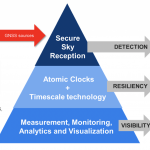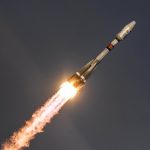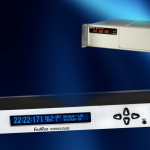ION Reschedules CASSCA 2019 Conference Due to Partial Government Shutdown
Manassas, Virginia, January 8, 2019–Due to the extended impasse between U.S. Congressional leaders and the White House that has created a partial U.S. government shutdown, the Institute of Navigation (ION) has decided to postpone the Cognizant Autonomous Systems for Safety Critical Applications (CASSCA) Conference scheduled to take place January 28-29, 2019 at the Hyatt Regency Reston in Reston, Virginia.
By Inside GNSS












